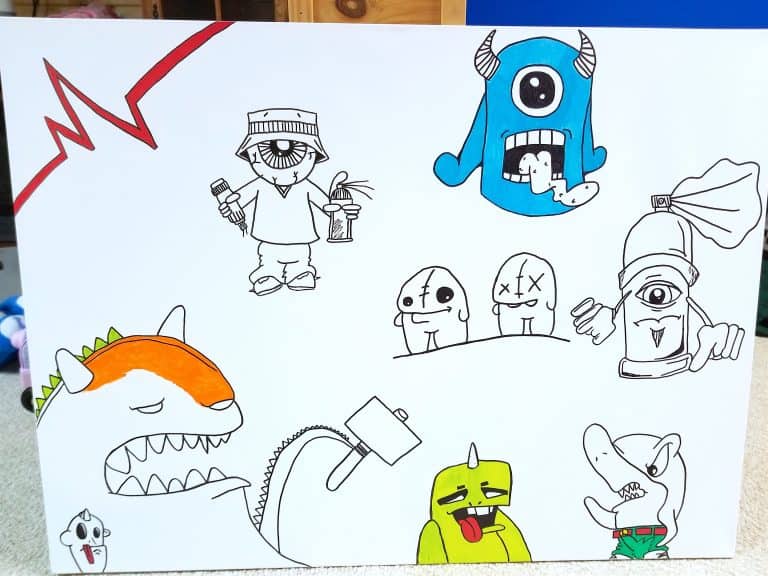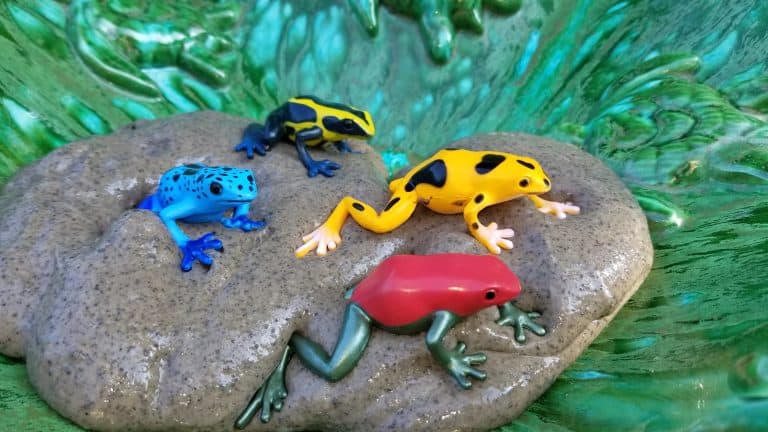Blubber Mittens- Adapting to Cold Climates
This post may contain affiliate links, view our disclosure policy for details.
Have you ever wondered why seals, walruses, and whales can survive in the Arctic? They have no fur and the ice water is freezing! Yep- it’s because of their blubber! But do your kids know that? In fact, why don’t you let your kids become “blubberfied” to find out – well, at least just their hands!
This experiment will show your kids how the similar effects of how the thick layer of fat (blubber) helps to insulate a seal’s body from the cold temperatures.
Here is what you’ll need:
- Disposable Gloves or a long plastic newspaper bag or Ziploc bag to cover their hands
- a tub of shortening
- Large bucket of ice water
The tub of shortening represents the fatty blubber which covers the seal. The ice water will represent the cold icy waters of Antarctica. Have your children put a glove on each hand. (or put each hand in a newspaper bag with an elastic band on their arm to hold it in place) Have them place one of their hands in the icy cold water. Imagine swimming around in water that cold for 5 minutes, an hour, or several hours!
Next, with adult help, cover one hand completely in the shortening. Make sure you spread the shortening all over the hand/glove and in between the fingers! Don’t be shy- cake on a nice thick layer making sure that every surface is covered! Then ask your kids to stick their “blubber” hands in the water- does it feel as cold? Place both hands (one with just a glove and one with the shortening) in the water at the same time. Notice the difference!
Depending on the age of the child you can then expand this into coloring sheets, a science lesson on the density of fat and what blubber if composed of, or even other uses for animal blubber! Brainstorm what would happen if humans had this blubber instead of skin! Think about how hot it would get if we had blubber!






I did this with 2nd graders a few years ago and they loved it!! It was when we were studying adaptations in science.